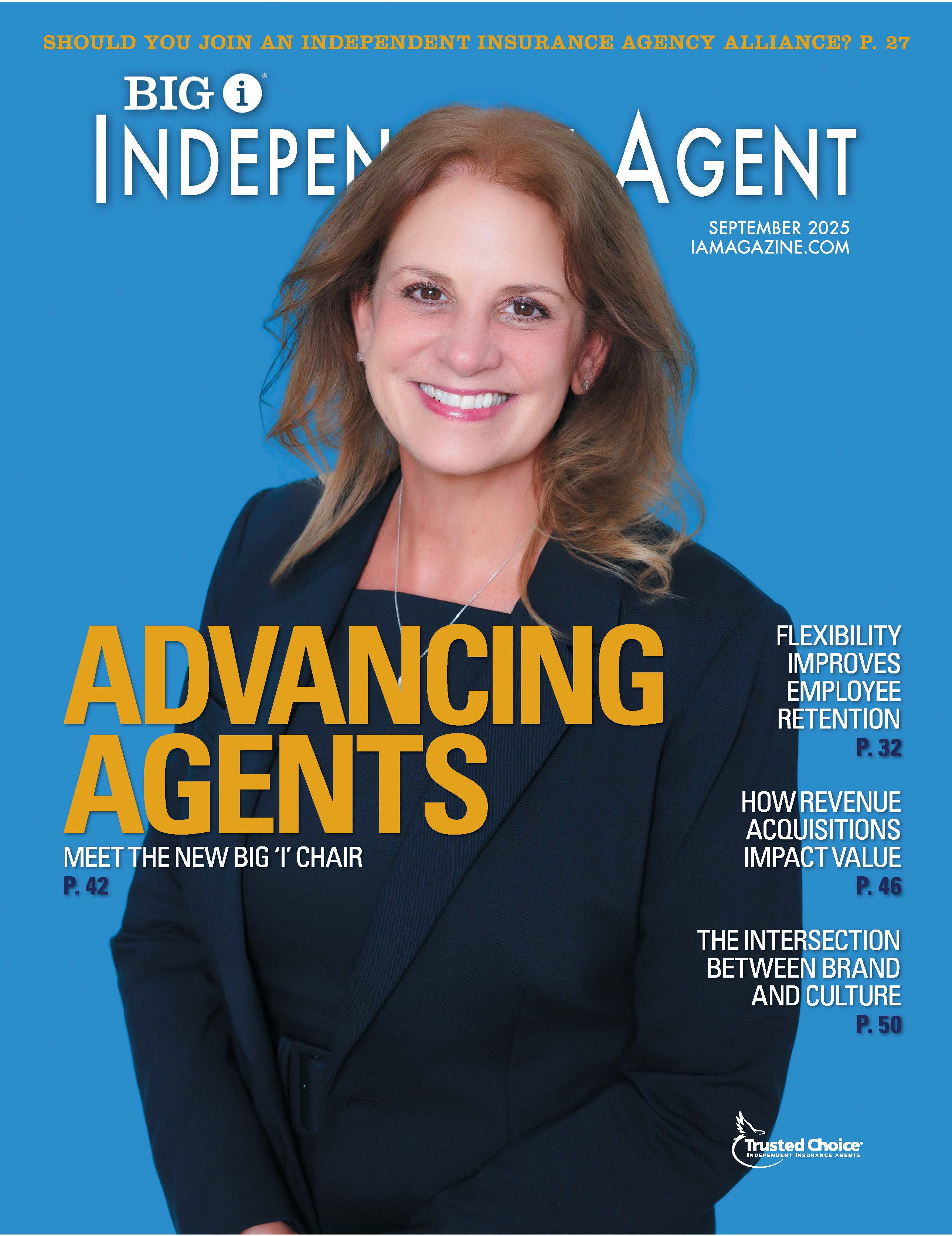The Value of Consistency: Establishing Standard Operating Procedures
By: Kristina Miller
Giving your employees clear direction on what actions they should take or not take in certain situations is essential.
But establishing standard operating procedures at your agency is not enough—you must also properly train every staff member on them.
Consider the following examples of errors & omissions claims that could have been avoided if the agency had established standard operating procedures and properly trained its employees:
1) Relaxing procedures when procuring coverage for a long-time client. A real estate investor who purchases new homes is a long-time client of an agency. He develops a good business relationship with one of the CSRs over many years.
The CSR verbally agrees to procure coverage for any new home. After each closing, the client contacts the CSR to advise the agency about the newly acquired property. Because of their longstanding business relationship, the CSR does not require the client to complete or sign any applications regarding coverages.
The CSR abruptly leaves the agency before procuring coverage for three of the client’s newly acquired homes. The homes are damaged by Hurricane Irma, but it is not until afterwards that the client and the agency realize the CSR failed to procure the coverage as requested. As a result of the uninsured losses to his homes, the client files an E&O lawsuit against the agency.
2) Responding to a client’s text inquiry regarding insurance coverage. In the frenzy before Hurricane Irma makes landfall, an agency employee receives a text from a concerned client regarding coverages under their insurance policy. The employee is out of the office, so she does not have the opportunity to review the agency’s documentation and thoroughly investigate the client’s inquiry.
In her desire to alleviate the client’s concerns because of the impending storm, the employee incorrectly advises the client that the policy will provide coverage for wind damage to their home. When the client’s claim is later denied, the employee realizes she provided the client with erroneous coverage information.
3) Failing to have a system in place to follow up on requested coverages. Within a few months, one manager unexpectedly leaves an agency and another manager becomes seriously ill. The agency tries to operate as best as it can, but the amount of work is overwhelming.
One client had purchased a new vehicle and contacted the agency to add the vehicle to his policy. The agency submitted an auto policy change request, but the carrier required additional information and did not accept it. Because it is so short-staffed, the agency failed to follow up on its request in a timely manner. When the client’s new vehicle is involved in a loss, the carrier denies coverage, and the client files an E&O claim against the agency.
And remember: Every agency should consider modifying its standard operating procedures on an ongoing basis as new situations and new exposures arise.
Kristina Miller is an assistant vice president and claims specialist with Swiss Re Corporate Solutions and works out of the Chicago office. Insurance products underwritten by Westport Insurance Corporation, Overland Park, Kansas, a member of Swiss Re.










